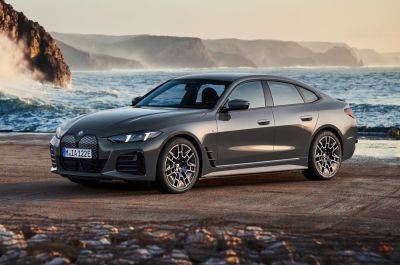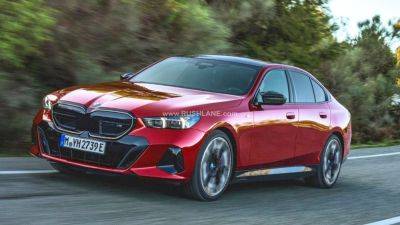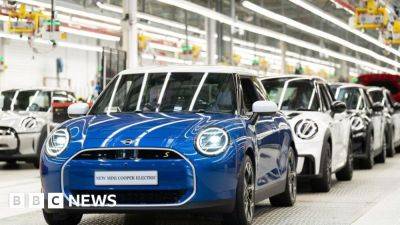BMW's V16-powered 1990 750iL could have been the king of the Autobahn
If we're talking about production cars, the 16-cylinder club is a small one. Cadillac sold the V-16 between 1930 and 1940, Cizeta began production of the V16T in 1993 and built around 13 units, and all of Bugatti's 21st-century cars have used a W16. The brand has a new V16 engine on the way, too. BMW could have joined this list: it spent years developing V16s that it tested in two generations of the 7 Series.
We've known about the E32-based V16-powered Goldfish for decades, but BMW just cast light on a newer prototype related to the E38-generation 7 Series sold from 1994 to 2001. The test mule wasn't made for the auto show circuit. It was largely kept hidden from view, and it made its public debut at the 2024 edition of the annual Techno-Classica classic-car show in Essen, Germany, 34 years after it was built.
The most fascinating part of this long-wheelbase sedan is under the hood. It's powered by a 6,646-cubic-centimeter (6.6-liter) V16 tuned to develop 348 horsepower at 5,000 rpm. The engine is mounted longitudinally, it spins the rear wheels via a five-speed automatic transmission, and it sends the 750iL to a top speed of 155 mph. These numbers might not sound impressive in an era when Mercedes-AMG wrings 416 horsepower from a 2.0-liter turbo-four and Volkswagen builds a 315-horsepower Golf capable of reaching 155 mph, but keep in mind the prototype was built in 1990. The most powerful engine you could get in a 7 Series that year was a 296-horsepower 5.0-liter V12.
And yet, the second prototype was down on power compared to the first. It sounds like the engine was revised: the Goldfish used a 6,651-cubic-centimeter (6.7-liter) V16 rated at 408 horsepower and its top speed checked in at 175 mph. As a trade-off, the second prototype was developed with this massive drivetrain (the V16 was about a foot longer than the V12!) in mind from the get-go so it wore a more congruous design. One major hurdle engineers faced the first time around is that the two radiators that cooled the V16 didn't fit in the engine bay. They were moved to the trunk, and channeling cooling air required cutting a hole into each quarter panel and covering it with a fiberglass scoop.
That's not







